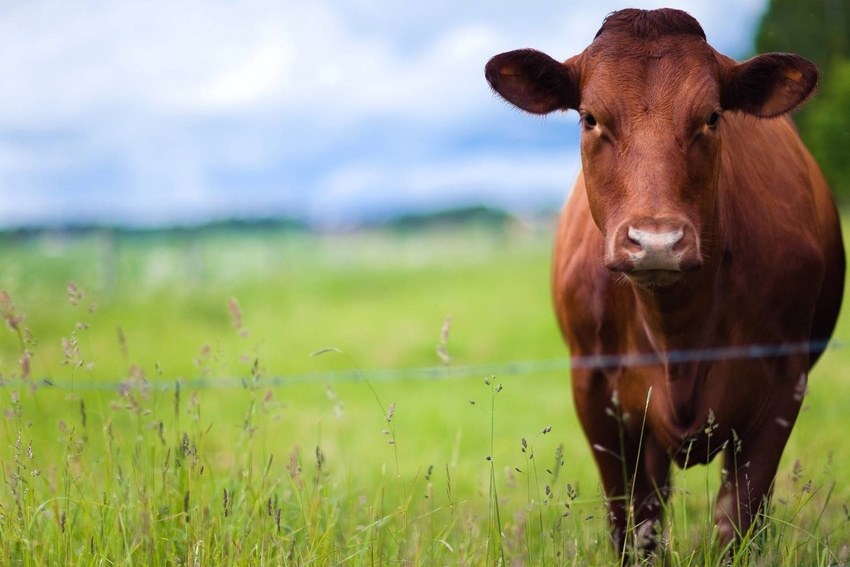Does your business model fit your cattle business?
February 6, 2023

What’s the old saying in the cattle business? “Droughts and hard times will make us better managers.” I believe this is true if we learn from the hard times. Many of us have reduced cowherd inventories and are anticipating normal rain fall and herd expansion to capitalize on the bullish cattle market outlook.
With this in mind, now is the time to take a close look at our business model and specifically the “production factory” in the cow-calf business. The “production factory” I am referring to is our cowherd. We maintain them on our grass, breed them, feed them, anticipate their next calf crop and plan the marketing of that calf-crop as a return on our investment.
In the normal production cycle, when our “production factory” is performing in optimum fashion, our input expenses are offset by the calf she will produce for us each year. If all goes well, we expect a cow to stay in production until the age of 10 years. Whether we buy bred heifers, cow calf pairs or develop our own replacements from within, the longer a cow stays in production, the greater she returns against our cost of getting her into production.
What type of cow is most likely to wean off a calf each 12 months and continue to accomplish this in subsequent years? A cow that fits our production environment with respect to her mature size, level of milk and reproductive efficiency. If you had to cull cows during the past year, most likely it was the biological extremes (too big or too much milk) that didn’t fit your operation’s production environment that were open and the first to go.
As we look to the future, seize the opportunity to re-populate with cows that are the best fit for your production system and intended marketing plan for calves. This can be done through sire selection if we intend to generate our own replacements.This is the long-term solution. Purchasing bred heifers or cow-calf pairs is the more immediate solution. In either case, consider the type of beef female that works best for you and when making bull purchases evaluate the genetic potential of herd sires that will result in the type of “production factory” that offers the best return to your operation’s bottomline.
You May Also Like



